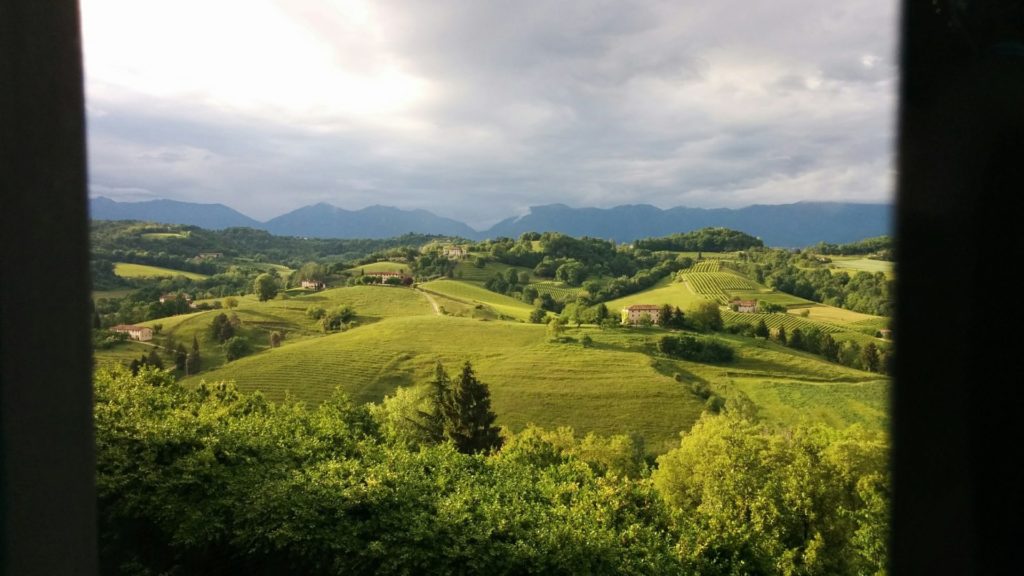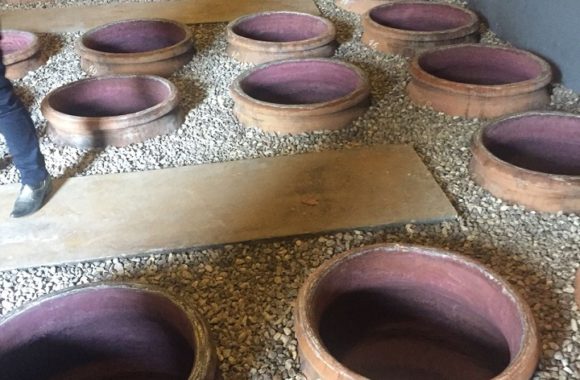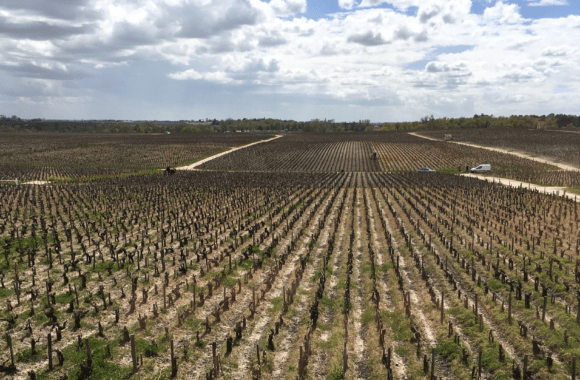
The Terroir of Prosecco
· Nico Zuliani Nico Zuliani on
Prosecco is an iconic Italian sparkling wine, but is often considered as a cheap wine produced on an industrial scale. However, there are vineyards capable of producing characterful, expressive wines of great quality. Nico Zuliani, one of General Managers, is from Treviso in the heart of Prosecco country, and is here to give us the low down on the key quality production areas of this great sparkling wine.
It was at the beginning of nineteenth century that the sparkling Prosecco became popular in Italy, especially in the East of Italy and Venice, ushering in what we can call the “modern” Prosecco. Previously it was made for the rural families and it was one of the main food in their diets–and it still is, with some Venetians consuming at least half bottle a day!
The name “Prosecco” comes from a small town closed to Trieste, but the best vineyards are located in the sunny and beautiful slopes of Asolo, Conegliano and Valdobbiadene the D.O.C.G. area. Yes, Prosecco is the name of the wine not the name of the grape. Glera is the white grape variety used to make Prosecco in which by law you can include up to 15% of other local varieties, such as Binachetta and Perera, among others. It has nut-brown vines and produce long golden yellow grapes.
2009 was a historic year for Prosecco, when on it’s iconic terroir received the highest denomination from the Italian government of D.O.C.G. (Asolo, Conegliano and Valdobbiadene). This means that the rules for making Prosecco are more strict than the D.O.C., where harvesting, wine-making and bottling must take place on site. The area of production was extended as well to incorporate nine provinces from Trieste to Vicenza, from which Prosecco D.O.C. can be made, whereas this would only be I.G.T. Prosecco.
D.O.C.G. however is king. The D.O.C.G. terroir is just perfect with clay, sandstone and tertiary marne that allows fast drainage of rain water and, at the same time, a constant reserve of water for the vines. Plus the rocky substrata and the rich sand, full of nutrients and minerals, are indispensable for the best and radical transformation in the grapes. The average altitude of the D.O.C.G. area is 250-300m above sea level, where hills roll into one another, all exposed to the sun.
In this D.O.C.G. there are a lot of micro-villages surrounded by slopes, which are called “Rive” in Italian, and are not easy to harvest. Rive is an important way of differentiating single vineyards from one another. Strictly speaking, the best slopes have been recognised from the Government as Prosecco D.O.C.G. Rive, follow by the name of the village. It’s a wine that gives you a full experience, a top glass of sparkling wine. The most famous ones are Vidor, San Pietro di Feletto, Miane and Refrontolo. In total there are 43 Rive.
On top of the Rive we have we have a Cru. A specific micro-climate area called Cartizze. A restricted and precious area of just 107 hectares between Pietro di Barbozza, Santo Stefano and Saccol, all based in Valdobbiadene. The Cartizze Cru emerged from a marine seabed, incredibly rich with micro-elements that find their way into the grapes, lending a fantastic sharpness and precision to the final wine, retaining the historic beauty of the landscape.
I think there is a lot of confusion around Prosecco and consumers don’t know the difference and which one they should buy and why some cost a little more. Have a look out for the band on the top of the bottle and look for the D.O.C.G., or in the label you should read Asolo, Valdobbiandene or Conegliano. Then if you are looking for the top quality, look out for Rive and the name of the villages. However, if you want to treat yourself, and are lucky enough to find it, drink the Cru Cartizze for a luxury experience. They cost a bit more than the D.O.C but the harvest is by hand, the slopes are really steep, not to mention all the specific rules that they have to follow in order to have the D.O.C.G. or Rive or the Cru denomination. However, what matters at the end is the terroir, which gives you different experiences.
We are all aware of the massive boom that Porsecco has had in the last 10 years. This has caused a giant rush to plant more vines and make quantity rather than quality. In the D.O.C. area, mass production is key to cutting costs and compete in the international market but the taste of most of them are not exceptional or exciting. There are a few exceptions, of course.
However, there are a few other exceptions to the D.O.C.G. rule. A number of new young producers have chosen to classify the Prosecco I.G.T. rather than D.O.C. because they experiment, trying to replicate the old “production method” called “Col Fondo”, known in UK as “Pet Nat”. That’s how the Prosecco was in the past and I appreciate this new wave that want to preserve the tradition and culture. However, the terroir in which they have the grapes are not the best. Imagine the result if they had magnificent terroir in D.O.C.G. area or Cru Cartizze. Hopefully we will find out someday soon.







